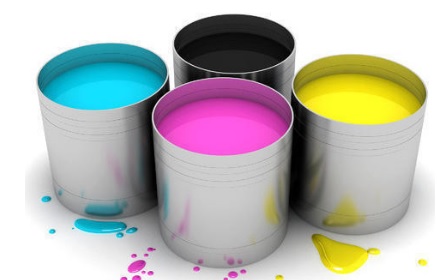
Distemper Paint is made of water, chalk, and pigment, and it is often bound with an animal-based glue-like egg or the adhesive qualities of casein, a resin that comes from solidified milk. This type of paint is not long-lasting and is used for temporary paint or inexpensive projects.
In ancient times, Distemper Paint was the most popular paint for interior walls. It is not waterproof which is why it is only used for interior walls and temporary structures.
Regardless of some disadvantages, it was a well-known paint for such a long time since it is modest and gives great inclusion in only several coats. It additionally dries rapidly, and any errors can be cleaned off with a wet cloth. Other than its strength issue, it truly is incredible inside house paint.
Table of Contents
Uses of Distemper Paint
- It is used for interior wall surfaces.
- It is used to paint temporary structures.
- It can be used where there is no or very minimal rainfall.
Types of Distemper Paint
Usually, there are two types of distemper paints are available in the market.
- Oil-based distemper paint.
- Water-based distemper paint.
Advantages of Distemper Paint
- It is very cheap.
- It is easily accessible throughout the world.
- It permits underlying moisture to escape from the wall surface.
- It can be coated in a freshly plastered wall.
Disadvantages of Distemper Paint
- It can not be applied where there is medium or high rainfall.
- This type of pain can be scraped off very easily.
- The life of distemper paint is only 3 to 4 years.
